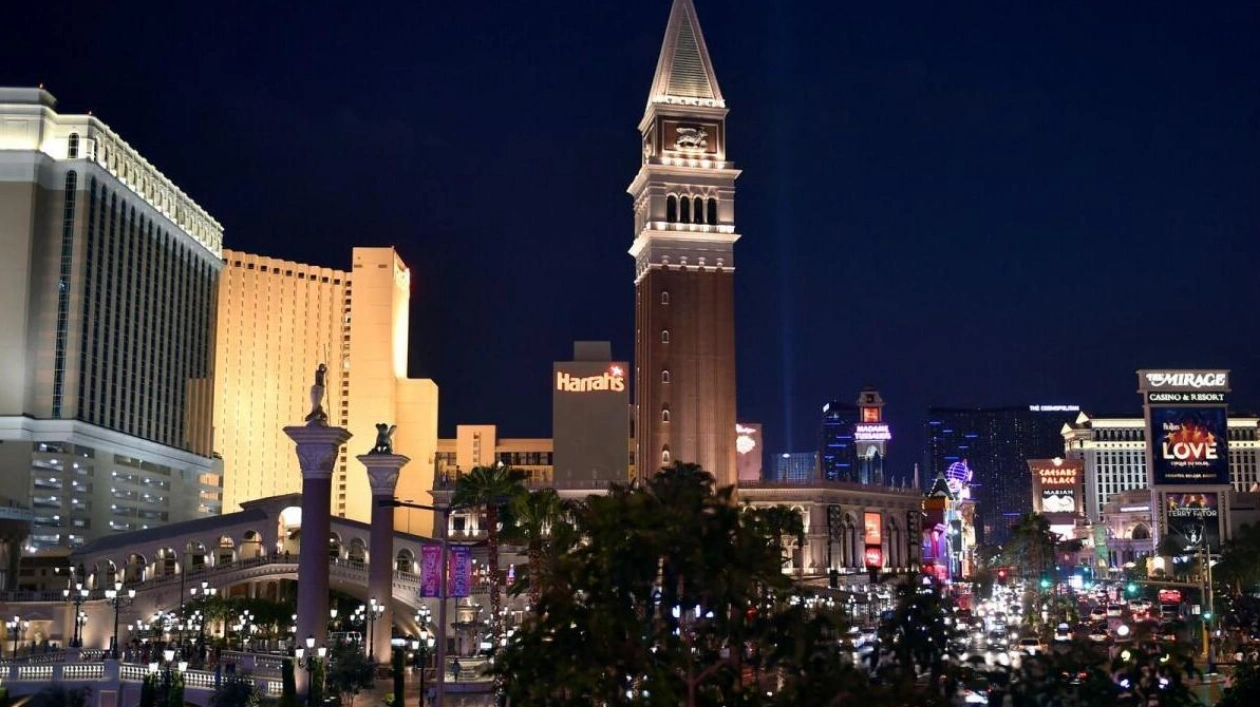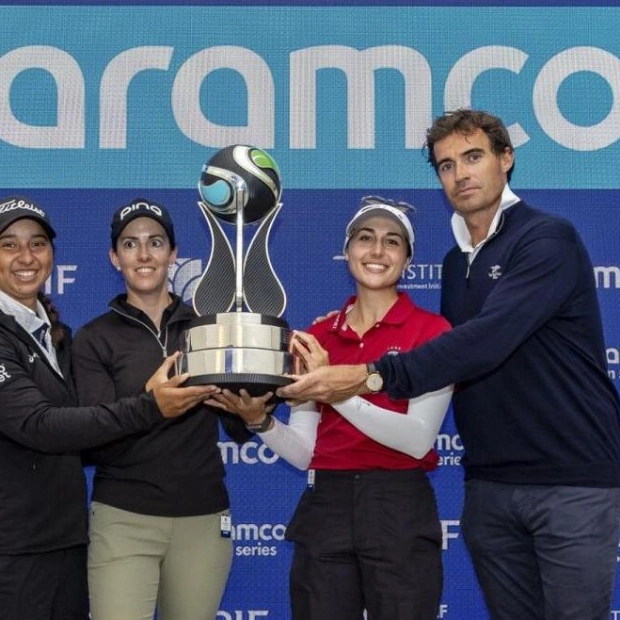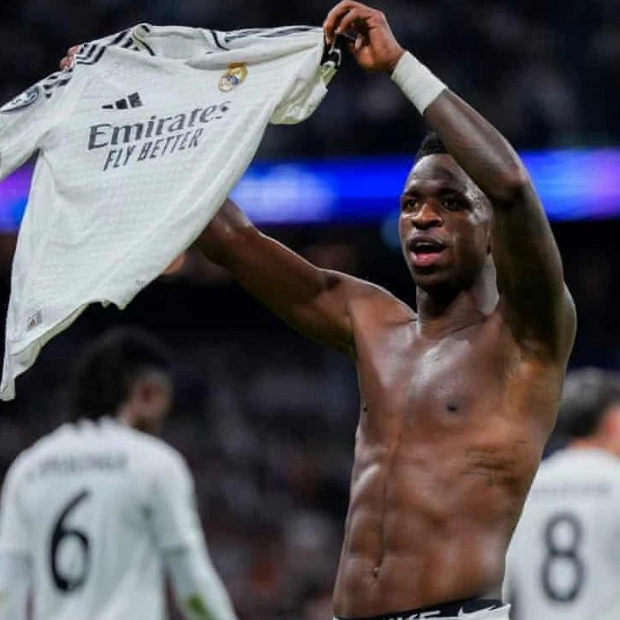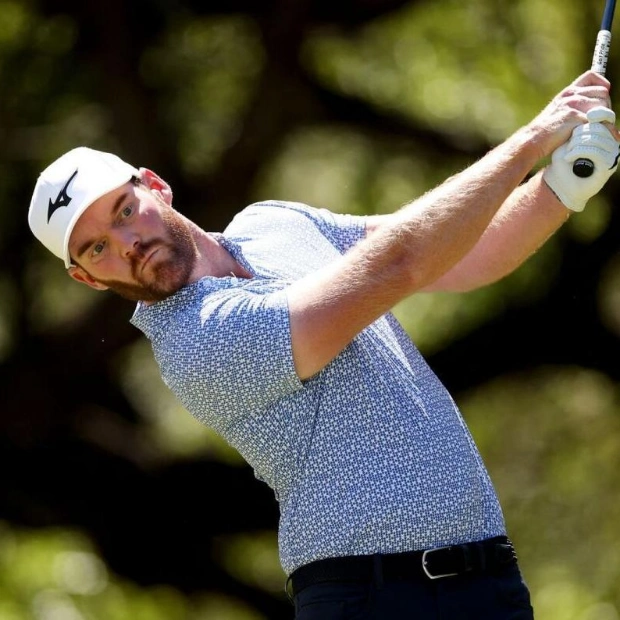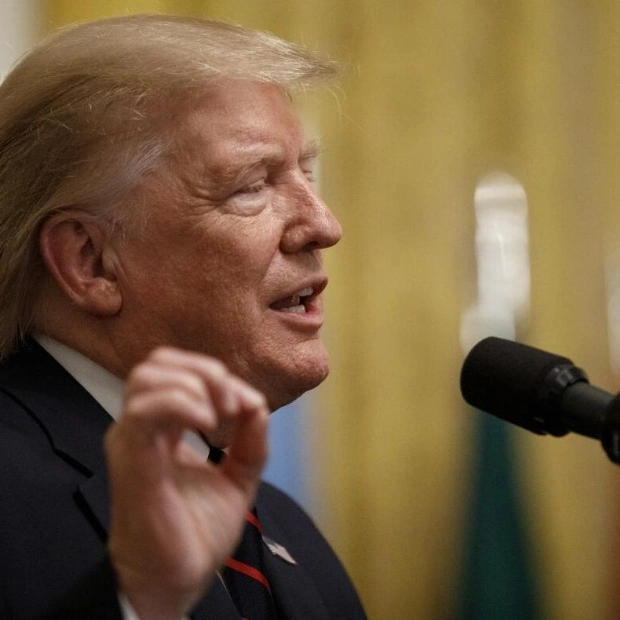The fissures in the labor market of Las Vegas and Nevada generally emerge early and widen rapidly when the US economy falters, positioning the consumer-driven city and state as a harbinger for the rest of the nation. In this context, as the Federal Reserve prepares for a significant shift towards interest rate cuts this week, business owners, labor leaders, and economists in Nevada observe few clear indications of distress. In a state pivotal to the outcome of the November US presidential election, which could hinge on economic issues, they perceive ample evidence of an economy transcending high inflation without succumbing to an employment-eroding recession: the Fed’s coveted “soft landing.”
At first glance, Nevada’s 5.4 percent unemployment rate, the highest among the 50 states and more than a percentage point above the national average, might seem to undermine such optimism. However, this rate has remained relatively stable for nearly three years in this southwestern state, with no signs of escalating as it often does prior to national economic downturns. Whether it’s the consistent influx of visitors eager to spend discretionary income at the state’s over 200 casinos or a recent surge in construction hiring, “the economy is thriving, visitation is up, profits are up, and growth is up,” noted Ted Papageorge, the secretary-treasurer of the influential Culinary Workers Union, which represents 60,000 workers in Las Vegas and Reno casinos, hotels, and restaurants.
“We’ve secured the best contracts we’ve ever had” over the past two years, he added, including bringing the Venetian, a long-time holdout, into the union’s fold on the Las Vegas Strip, a testament to the industry’s overall upbeat outlook. The Fed’s two-day meeting this week signifies a pivotal moment in US monetary policy, as it commences cutting borrowing costs following a series of rapid rate hikes that elevated its benchmark overnight interest rate to a 25-year high of 5.25 percent to 5.50 percent.
Analysts anticipate the US central bank will initiate its easing cycle on Wednesday with a quarter-percentage-point reduction, though markets are pricing in a substantial likelihood of a half-percentage-point cut to avert further labor market softening. Updated economic projections accompanying the Fed’s policy statement will reveal how much further policymakers expect to reduce rates this year and in 2025 as they navigate from restrictive financial conditions towards more neutral ones. These projections will subsequently influence borrowing costs for consumers and businesses, whether for home or auto purchases, business investments, or credit card transactions.
With inflation currently running just above the Fed’s 2 percent target, the pace and extent of rate cuts will largely depend on officials’ assessment of the risks to a job market that has defied predictions of a significant downturn due to tight Fed policy and the anticipated economic slowdown. The dynamics in Nevada illustrate why the labor market has been so challenging for the Fed to interpret, and why even a rising national unemployment rate, currently at 4.2 percent compared to last year’s half-century low of 3.4 percent, is not necessarily viewed as a sign of underlying weakness.
Monthly job creation has decelerated following the frenetic pace of reopening post-Covid-19 pandemic, but recent figures align more closely with the US central bank’s perception of consistency with its 2 percent inflation target—a “normalization,” as the Fed terms it, rather than a crash. Other labor market indicators, such as ongoing unemployment claims and layoff rates, have reverted to pre-pandemic levels and have shown minimal movement in recent months. Against this backdrop, the number of individuals seeking employment has steadily increased—a largely positive sign that could result in a rising unemployment rate if businesses continue hiring, albeit at a slower pace.
Nevada’s unemployment rate has outpaced the national average for 17 years and has been as much as 1.8 percentage points higher over the past two years. Yet, it has remained stable even as its labor force expanded by over 7 percent since early 2022, roughly double the national rate, with the local economy not only adding jobs but also diversifying, according to David Schmidt, chief economist with the Nevada Department of Employment, Training and Rehabilitation. “The majority of our unemployment stems from new entrants and re-entrants and quits, rather than job losses,” he said, highlighting a dynamic labor market rather than one on the brink.
While Nevada was severely impacted by pandemic-related restrictions, with an unemployment rate briefly spiking to an astonishing 30.6 percent, more than double the national peak, the state now boasts about 10 percent more jobs than before the health crisis, the fourth-largest statewide gain in the country. In contrast, national payroll growth since February 2020 has been just over 4 percent. Earlier this year, alarm bells rang when Tesla laid off hundreds of workers, stalling what had been steady growth in manufacturing jobs. However, as seen nationally throughout the pandemic recovery, other sectors like construction stepped in to fill the gap.
Nevada’s higher unemployment rate “is attributable to people actively seeking jobs... rather than being forced out of employment,” Schmidt explained. Businesses across Nevada report robust conditions, while workers express concerns primarily about housing and other costs—not job security. “We’re cruising along,” said Kristie Strejc, who has a smaller staff than before the pandemic but maintains a steady flow of business. As president of the Reno Aces minor league baseball team, Eric Edelstein operates in an industry reliant on consumers allocating funds for non-essentials.
The money continues to flow. “We have a larger, more enthusiastic, higher-spending fan base than pre-pandemic,” he noted. Renewals of corporate sponsorships and season tickets for next year’s baseball season are either on par with or slightly higher than this season. “I’ve been waiting. Is a shoe going to drop? We haven’t seen it.”
